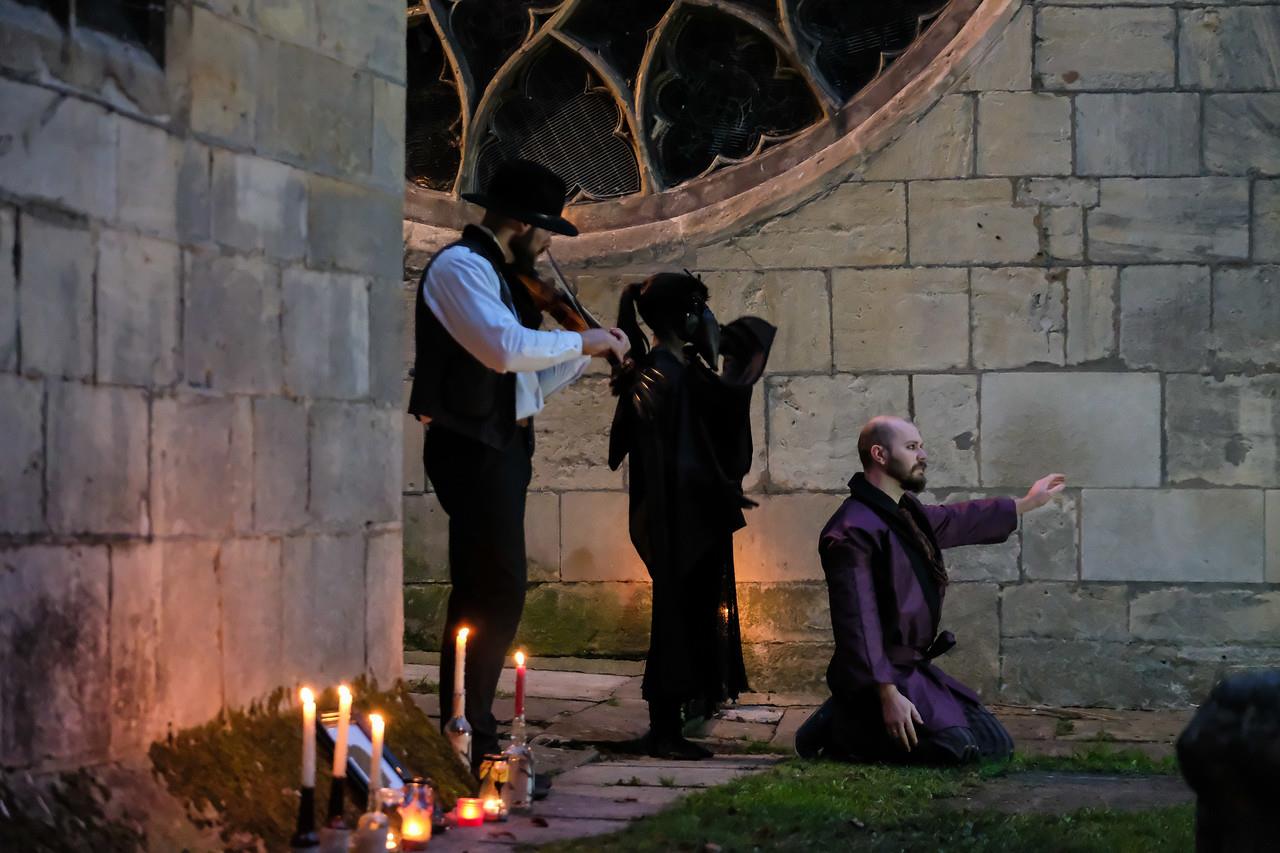Edgar Allan Poe, an indelible figure in American literature, is often acknowledged as the progenitor of the horror genre. His ability to weave tales that elicit both fascination and dread has secured his legacy as the master of macabre. Here are some captivating facts that illuminate the complexities of his life, work, and the cultural impact he continues to wield.
1. A Troubled Childhood
Poe’s early life was marred by tragedy. Born in 1809 to actors David and Elizabeth Poe, he was orphaned by the age of three. This disconcerting void would haunt him, influencing the themes of loss and despair prevalent in his works. Despite being taken in by John and Frances Allan, he never fully belonged to their family, which fostered a lifelong sense of alienation.
2. The Influence of the Raven
Poe’s poem “The Raven,” published in 1845, catapulted him to national fame. With its melancholy melody and haunting refrain, the poem explores themes of grief and longing. Interestingly, the composition was initially met with mixed reviews, yet it perplexingly struck a chord with the public, leading to significant sales and widespread recognition. The unbroken refrain of “nevermore” not only reverberates within the text but also echoes Poe’s artistic persona—captivating yet elusive.
3. The Pioneering of the Detective Genre
In addition to horror, Poe is lauded for his significant contribution to the detective fiction genre. The short story “The Murders in the Rue Morgue,” published in 1841, is considered the first modern detective story. Here, Poe introduced the character of C. Auguste Dupin, whose analytical prowess foreshadowed the intellectual detective archetype exemplified by Arthur Conan Doyle’s Sherlock Holmes. This innovation opened new avenues for narrative exploration, shifting the landscape of literary genre.
4. A Life of Financial Struggles
Despite his acclaim, Poe’s financial situation remained precarious throughout his life. He often struggled to support himself and his family, leading to a series of debacles and strained relationships. His reliance on literary pursuits for income, combined with a penchant for gambling, made his financial instability even more pronounced. Ironically, it was his posthumous fame that finally garnered him the financial recognition he so desperately sought while alive.
5. The Enigmatic Death
The circumstances surrounding Poe’s death in 1849 are shrouded in mystery and have incited speculation for centuries. Found delirious on the streets of Baltimore, he was taken to a hospital, where he died days later. The cause of death remains uncertain, with theories ranging from rabies to complications from substance abuse. This enigma adds another layer to Poe’s legacy, compounding the morbid allure of his works.
6. A Brief Marriage
Poe’s marriage to Virginia Clemm, his first cousin, was both a source of inspiration and profound heartache. The couple shared a bond that fueled much of his literary output. Virginia’s battle with tuberculosis, which ultimately led to her untimely death in 1847, deeply affected Poe, intensifying the themes of love and loss so vividly captured in his poetry. Their relationship also incited public gossip, burdening them with scrutiny during their time.
7. The Influence of European Romanticism
Poe’s literary style was markedly influenced by European Romanticism, particularly the works of Lord Byron and Charles Baudelaire. His focus on emotion, nature, and individualism reflects this movement, but his distinctive flair for the grotesque sets him apart. Poe’s melding of romantic ideals with chilling narratives establishes him as a pioneer who explored the darker corners of human experience.
8. The Legacy of the Gothic
Poe’s contributions to Gothic literature cannot be overstated. His adept use of ambience, psychological depth, and symbolic resonance transforms mere storytelling into a profound reflection on the human condition. Works such as “The Tell-Tale Heart” and “The Fall of the House of Usher” encapsulate the genre’s conventions while simultaneously innovating through character exploration and existential dread.
9. An Unsung Literary Critic
Beyond his mastery of poetry and fiction, Poe was also a meticulous literary critic. His essays often dissected the works of his contemporaries, with scathing reviews that were both insightful and scornful. He championed the importance of unity in storytelling, advocating that every element of a composition should contribute to the overarching theme. This critical perspective not only cemented his role as a writer but also as a literary arbiter of his time.
10. Posthumous Resurrection
After his death, Poe’s works experienced a renaissance, spurred on by literary scholars and admirers. His poetry, short stories, and critiques found their place in academic curricula worldwide. Today, his influence permeates various media—from films to music—continually inspiring new generations. Poe’s work is now essential reading in both popular culture and literary studies, securing him a place among the most celebrated literary figures in history.
Edgar Allan Poe remains an enigmatic and compelling figure whose dichotomous experiences of genius and despair continue to intrigue scholars and casual readers alike. Through his contributions to literature, he has left an indelible mark that still resonates with the themes of fear, beauty, and the human psyche. His legacy invites exploration, and as this journey into his life demonstrates, there is always more lurking in the shadows of his literary world.










